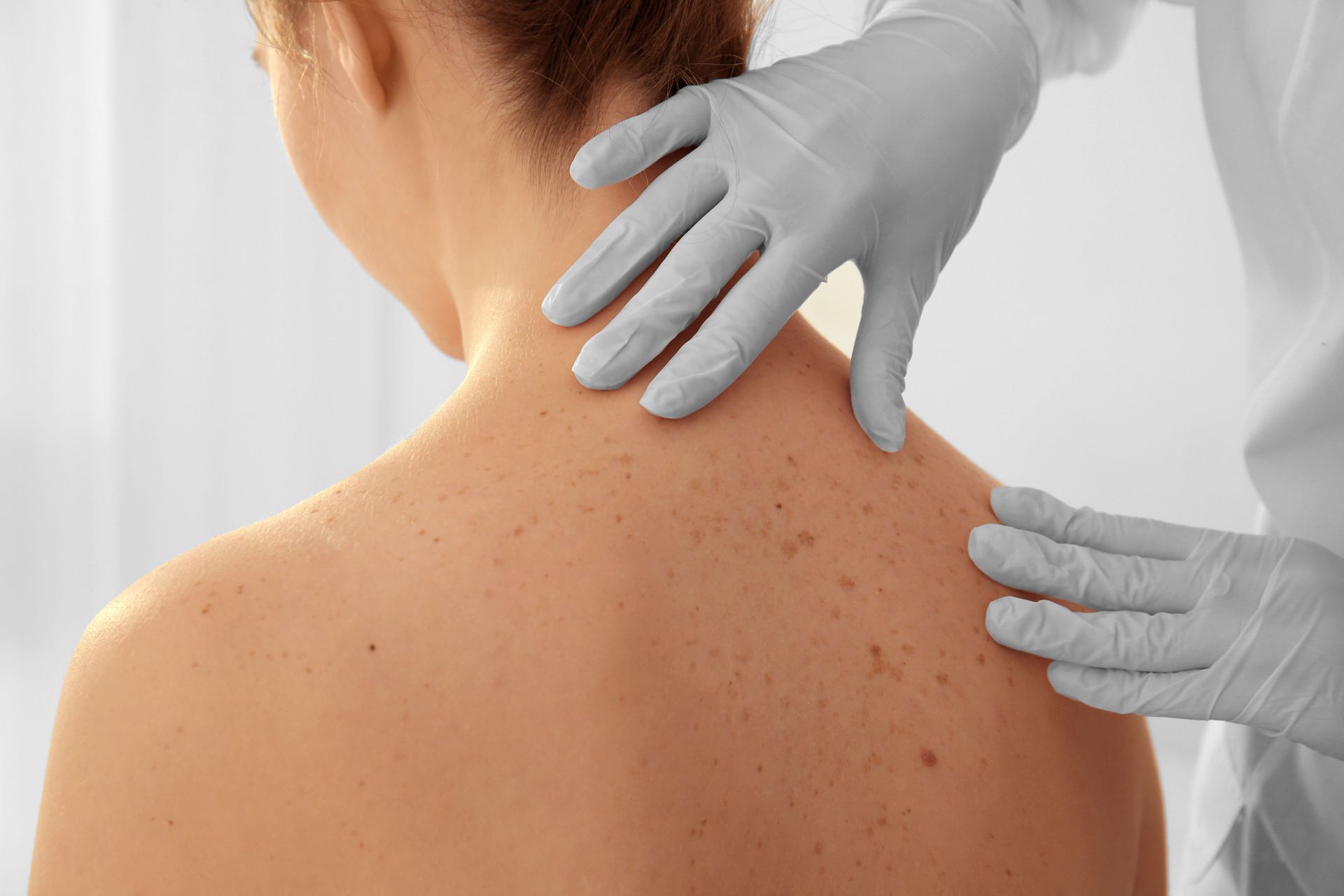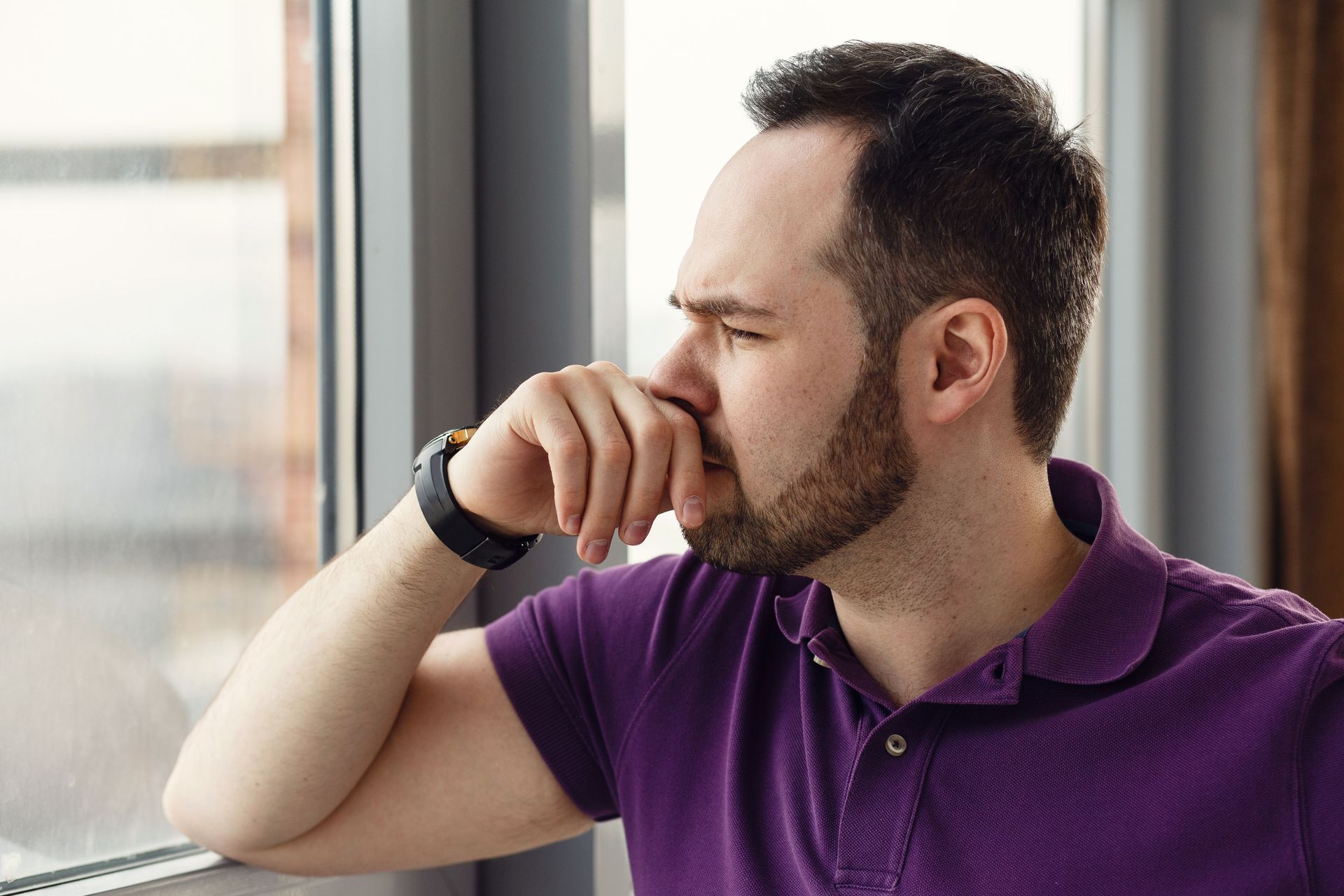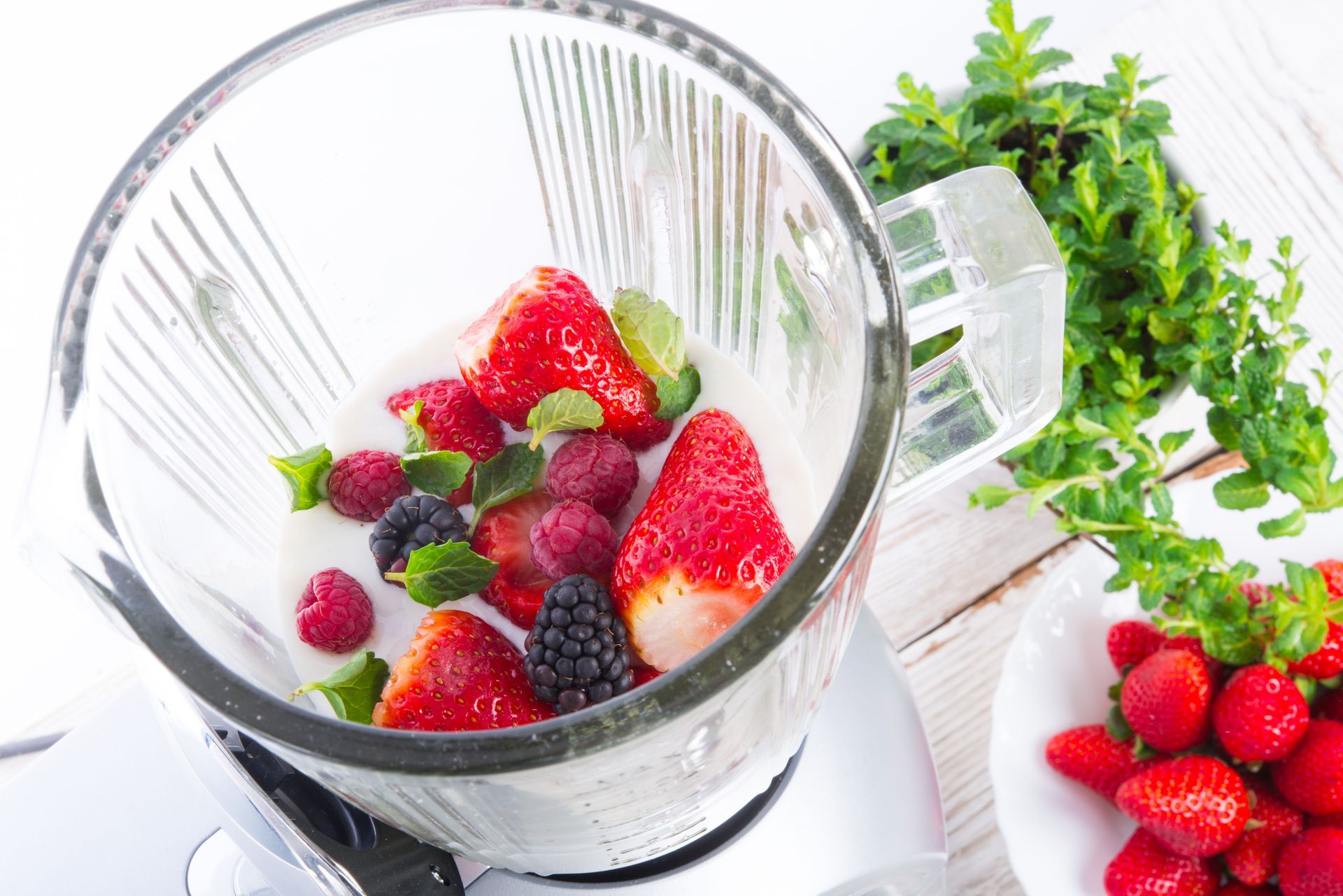Managing Peeling Skin During Cancer Treatment
Gentle Skincare Tips to Protect and Heal
Peeling skin is a common side effect of radiation and chemotherapy. As treatments damage rapidly dividing cells, the skin’s natural renewal process is disrupted, leading to dryness, flaking, and sometimes painful peeling. While this can be uncomfortable, the right care can help protect your skin and encourage healing.
Why Does Skin Peel During Treatment?
Radiation therapy can cause radiation dermatitis, which often leads to redness, dryness, and peeling in the treated area. Chemotherapy may also thin the skin and make it more fragile. Together, these effects weaken the skin barrier, making peeling more likely.
Be Gentle with Cleansing
Use a mild, fragrance-free cleanser with lukewarm water. Avoid scrubbing or exfoliating, as this can worsen peeling and cause irritation. Pat dry with a soft towel instead of rubbing.
Focus on Hydration
Moisturizing is essential for peeling skin. Apply a thick, fragrance-free cream or balm several times a day. Ingredients like ceramides, shea butter, and glycerin can help restore the skin barrier and reduce discomfort.
Protect Fragile Skin
Peeling areas are more vulnerable to infection and irritation. Avoid picking or scratching at peeling skin. Wear soft, breathable fabrics to prevent friction, and use protective dressings if recommended by your care team.
Avoid Irritants
Stay away from alcohol-based products, exfoliants, and fragranced skincare. Hot water, harsh detergents, and scratchy fabrics can also worsen peeling.
Kureology M.D.: Support for Peeling, Sensitive Skin
Kureology M.D. specializes in skincare products formulated for sensitive and compromised skin. Our nourishing solutions are designed to hydrate deeply, calm irritation, and protect the skin barrier—helping patients manage peeling and discomfort during treatment.





Share On: